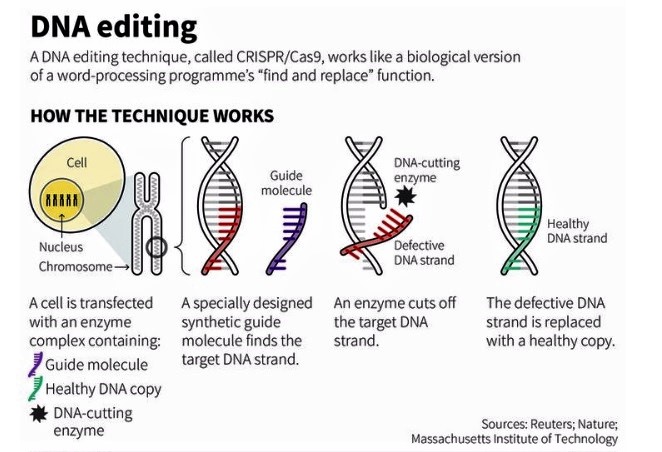7667766266
enquiry@shankarias.in
Why in news?
US scientists corrected disease-causing gene mutation in a human embryo.
What is the experiment about?

What are the issues with the experiment?
What should be done?
Source: The Hindu, Live Mint